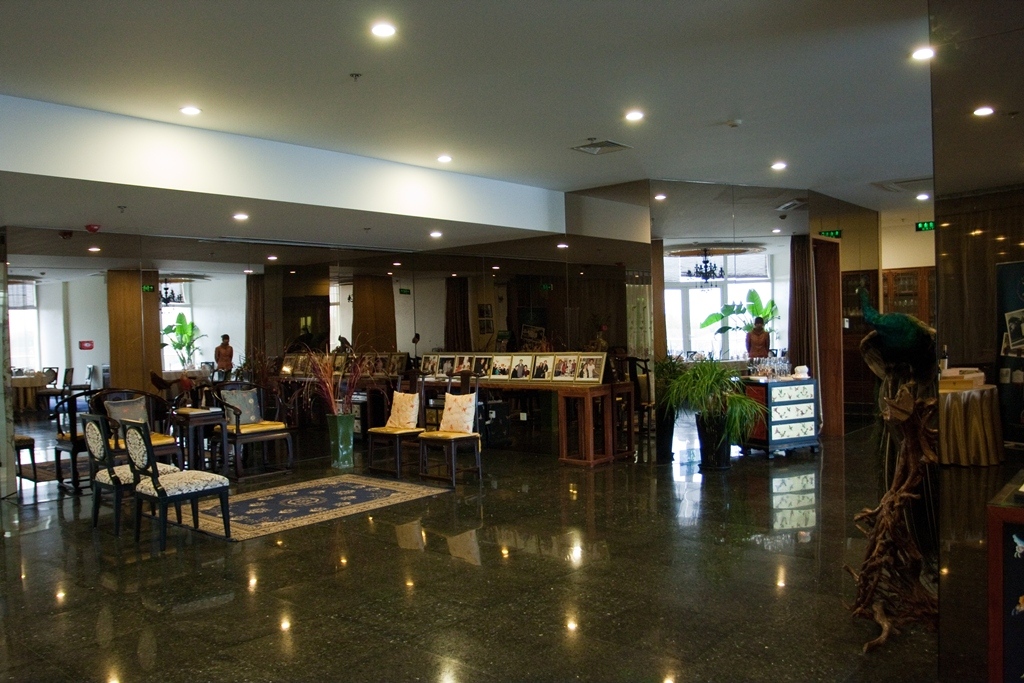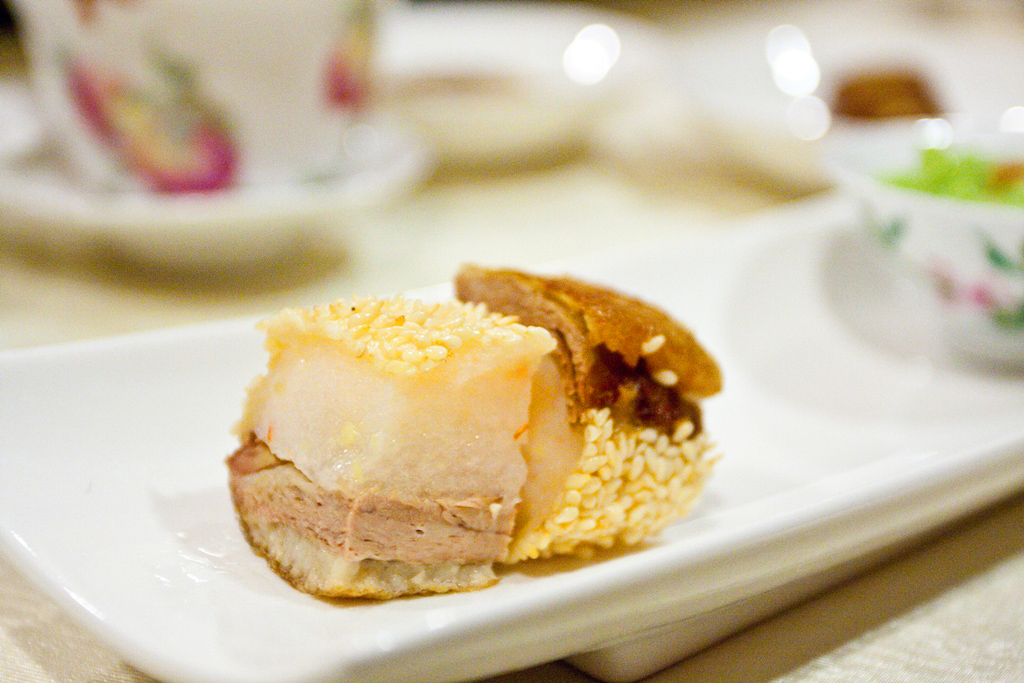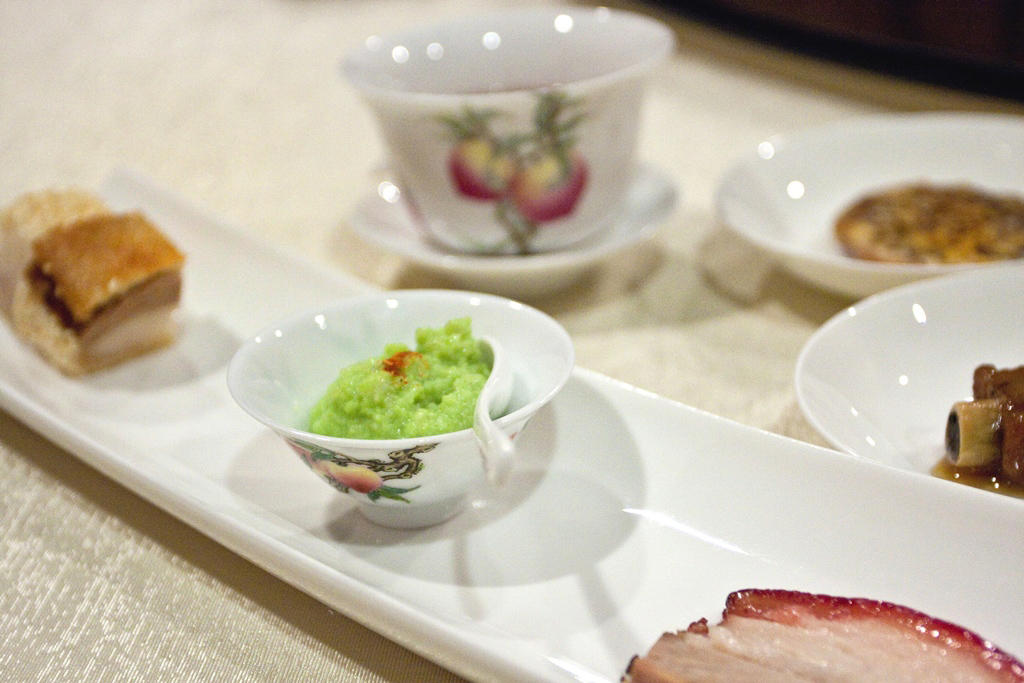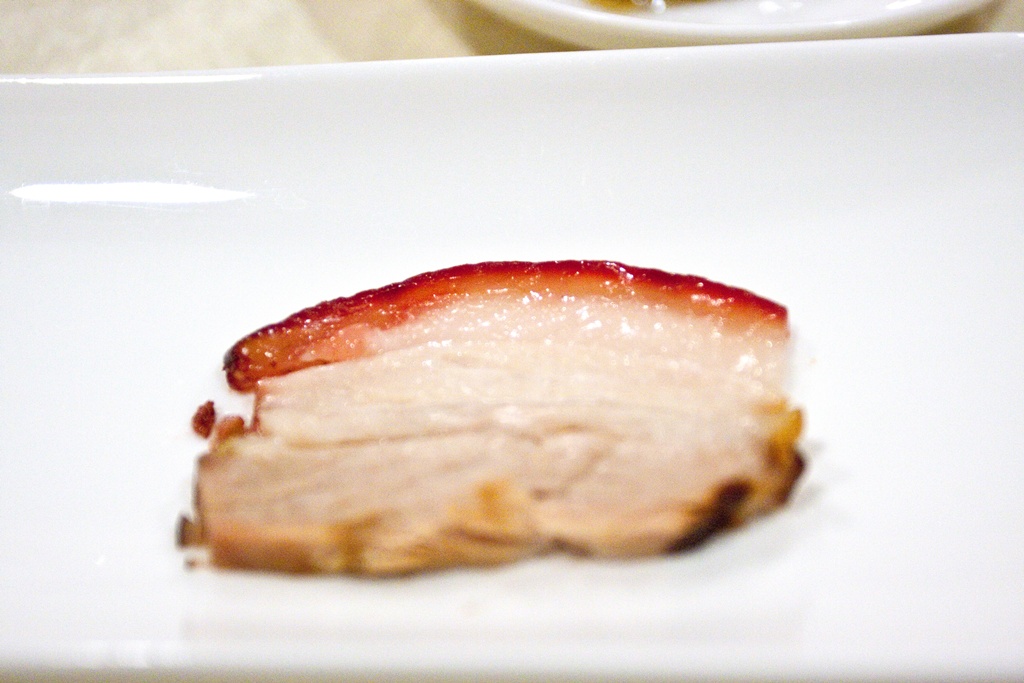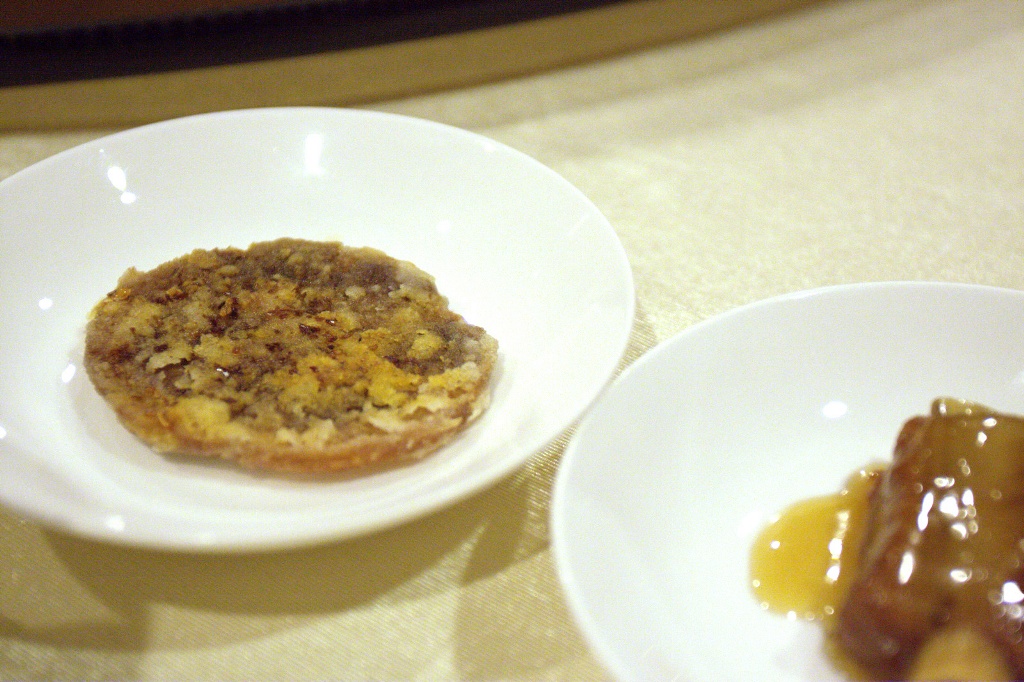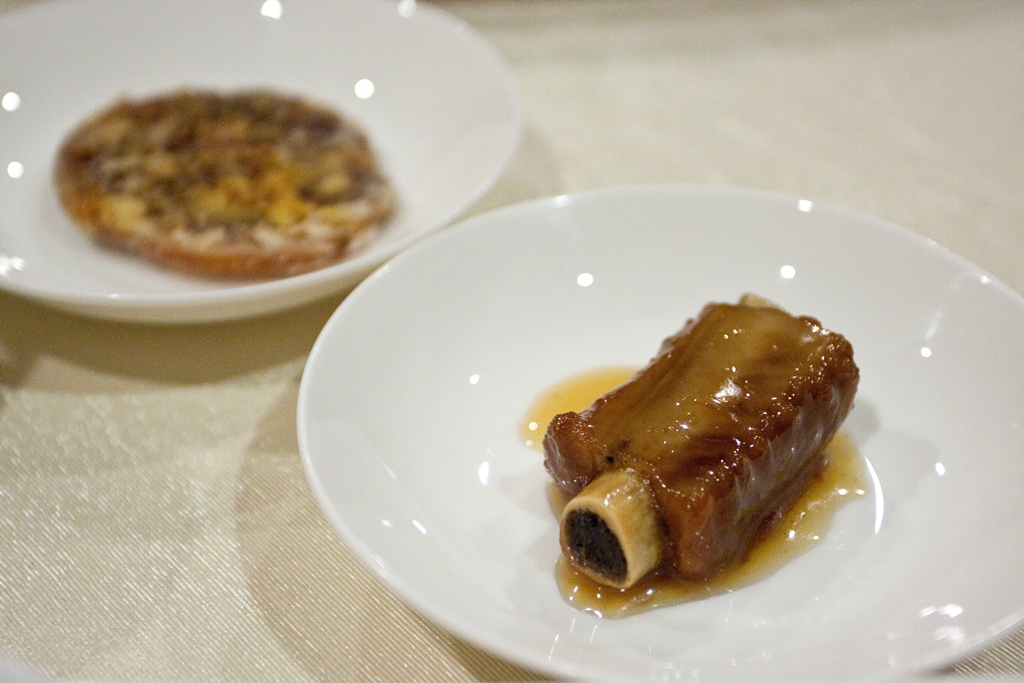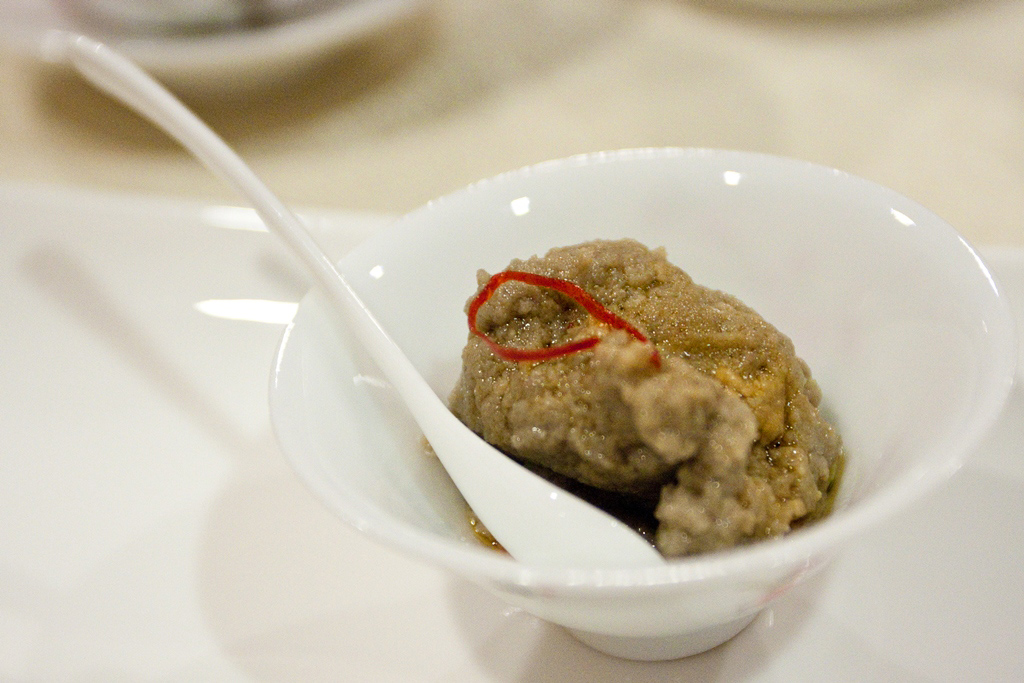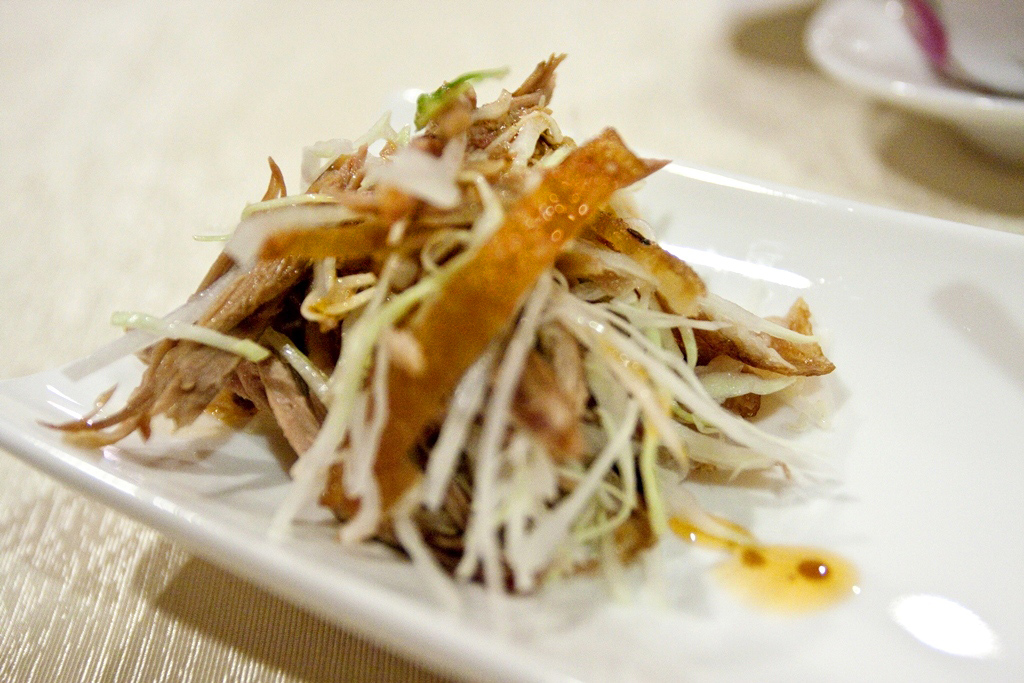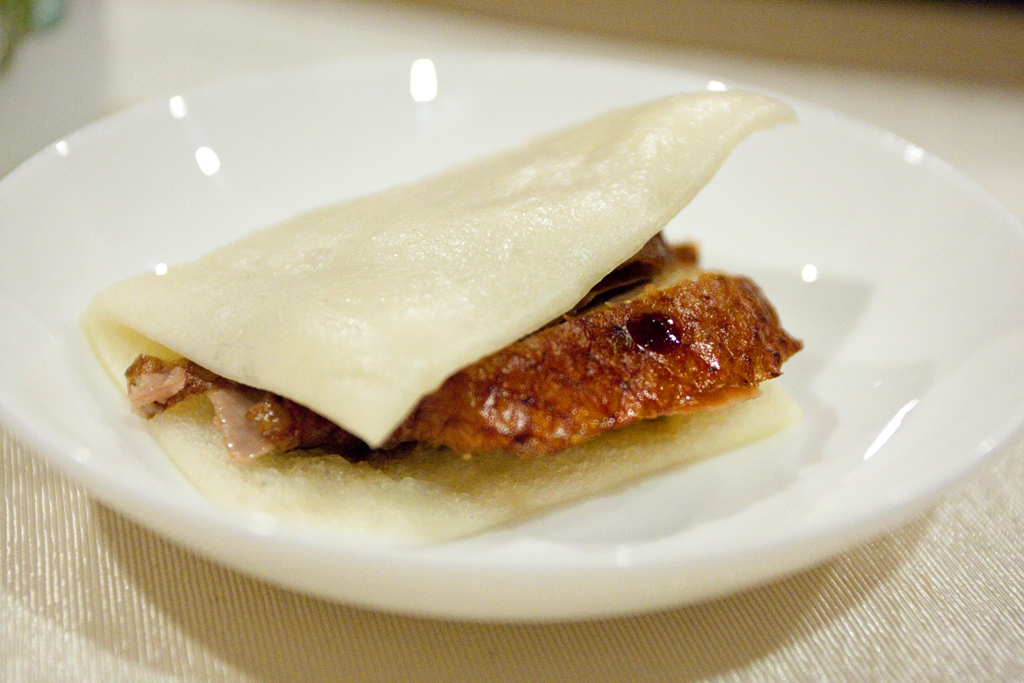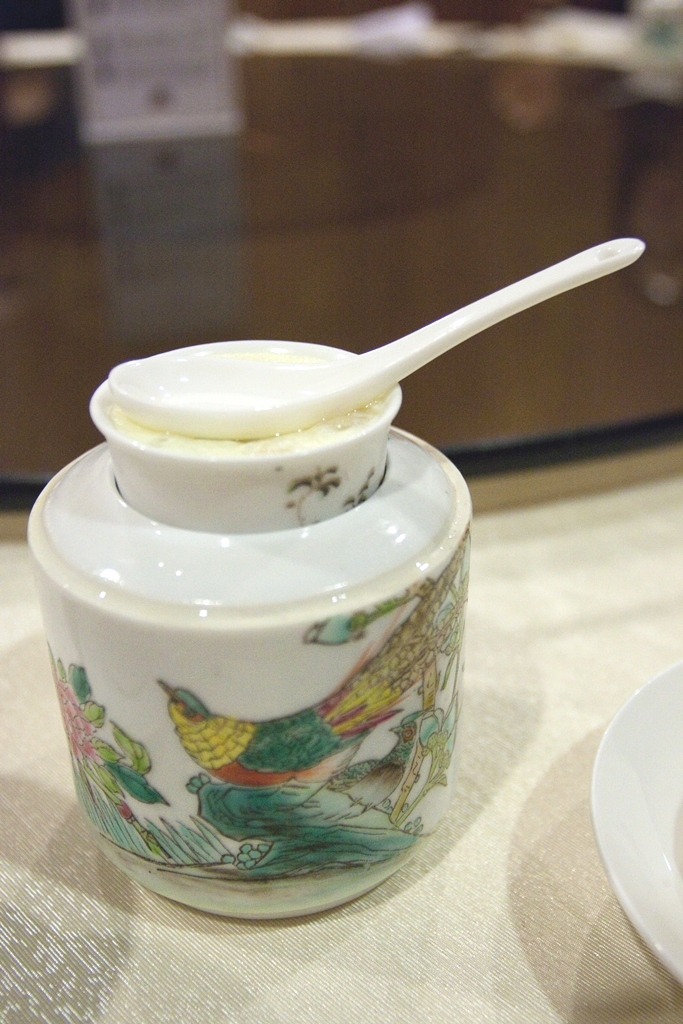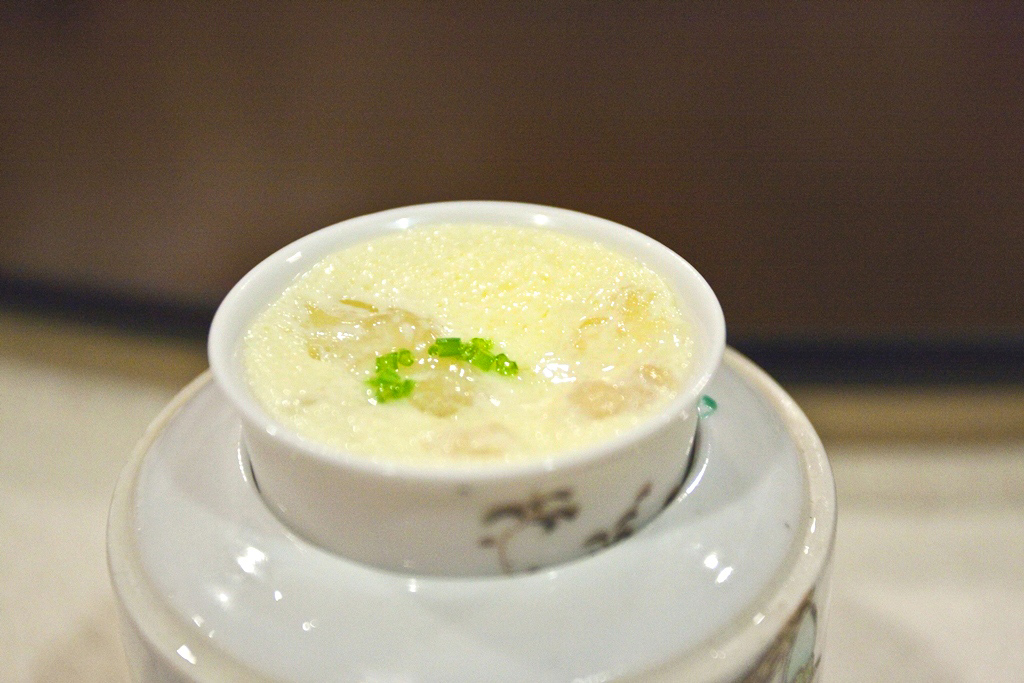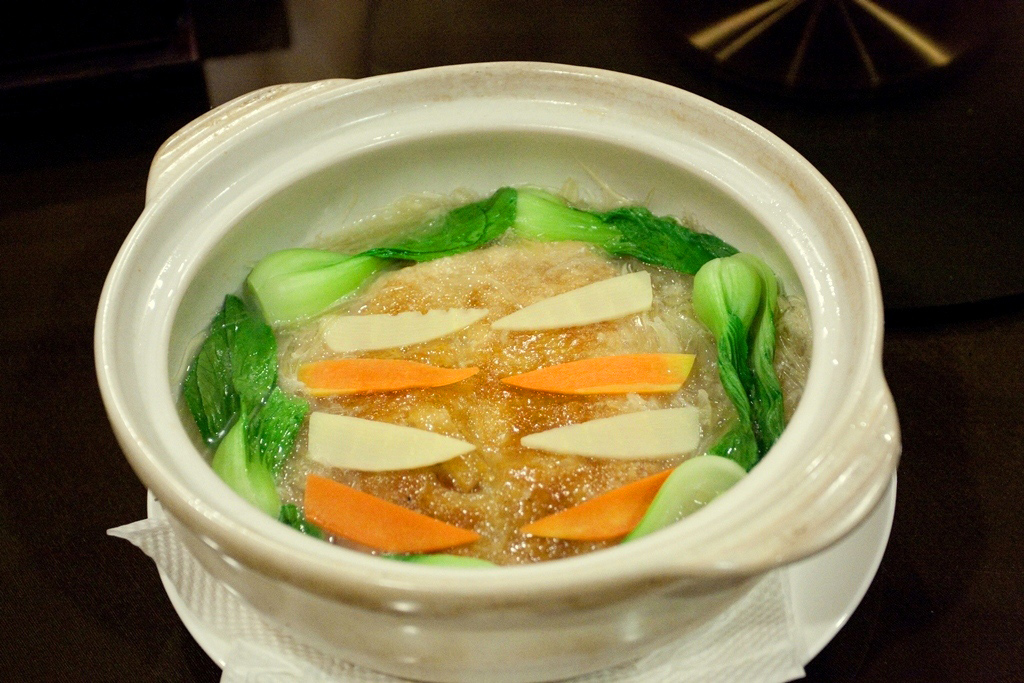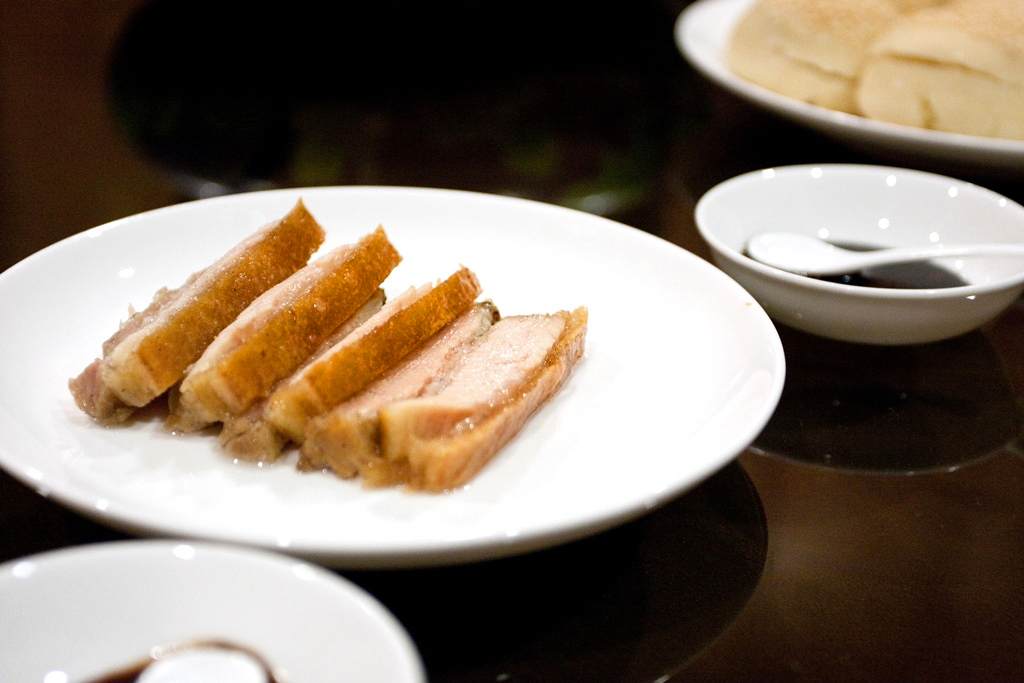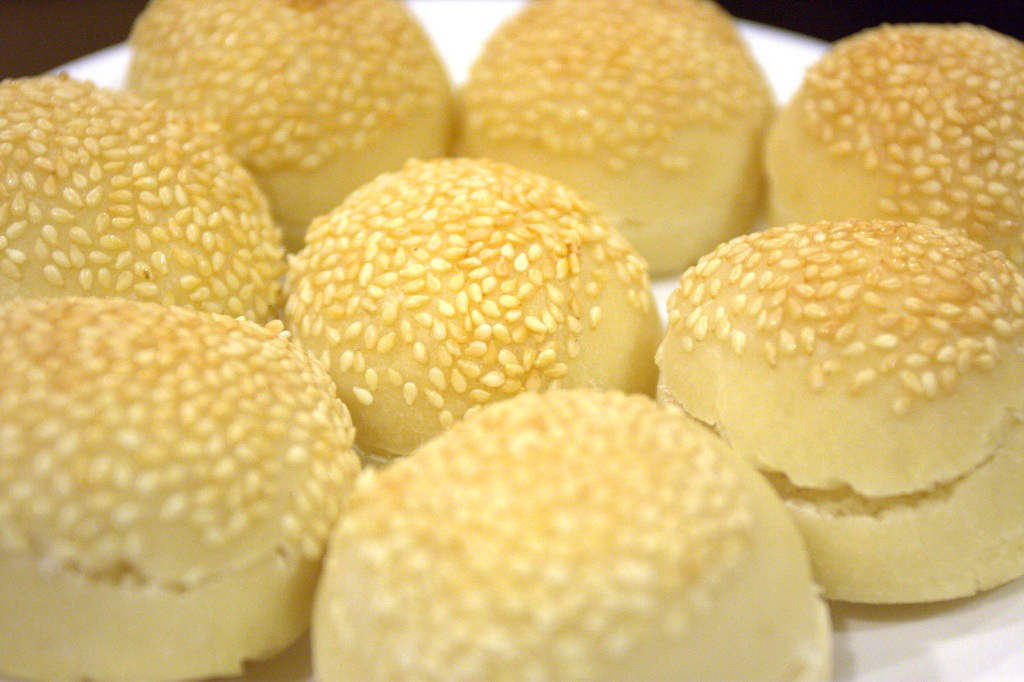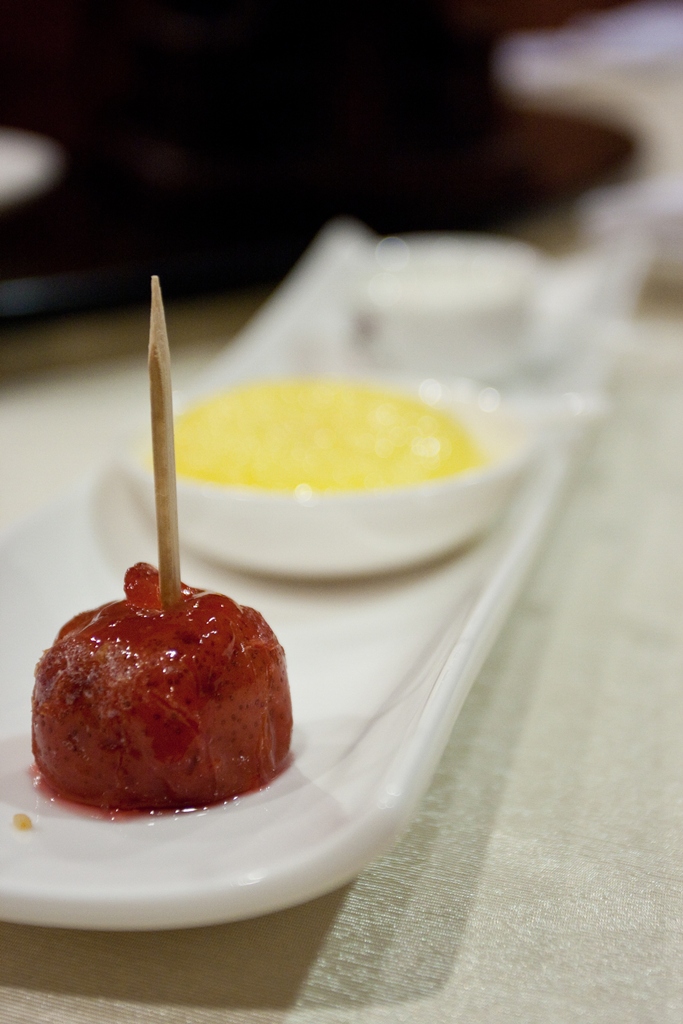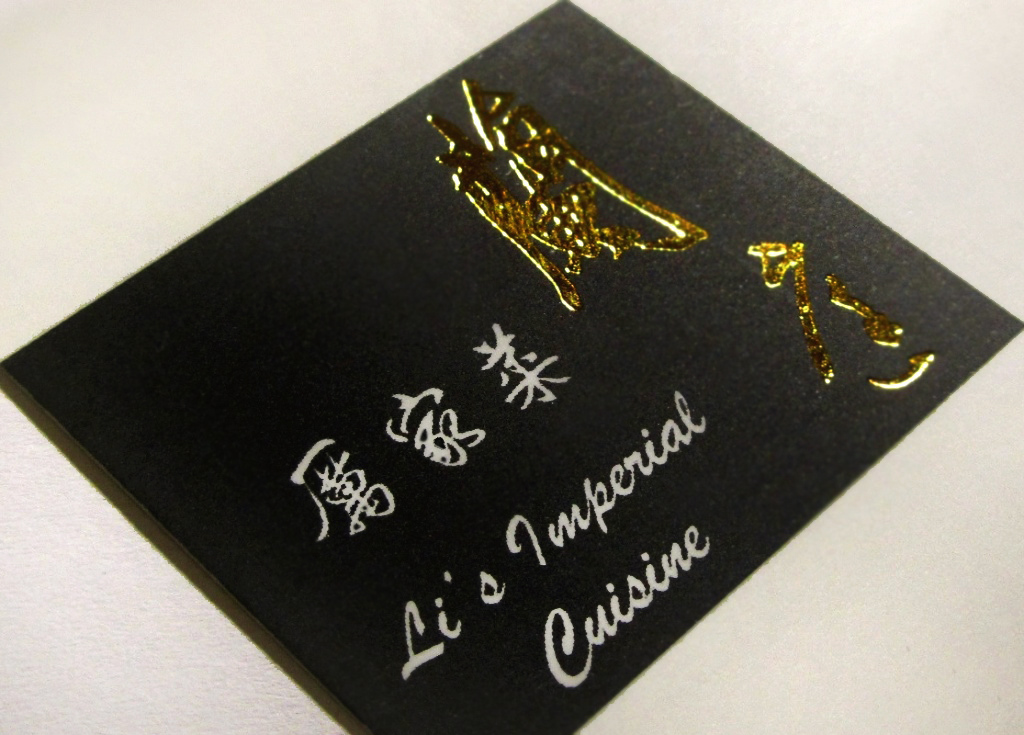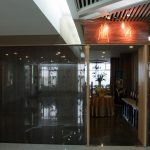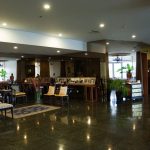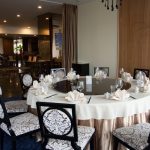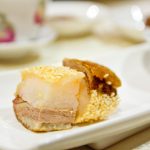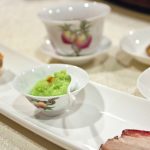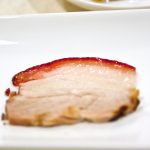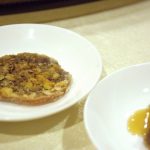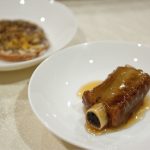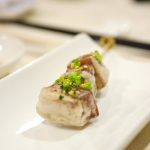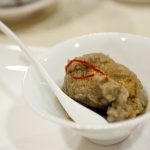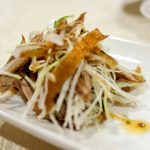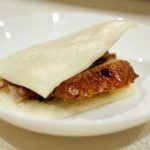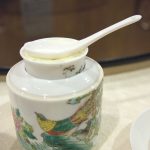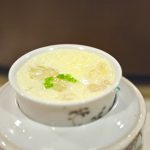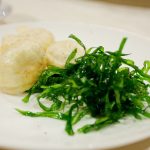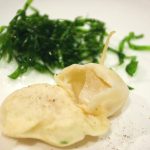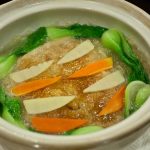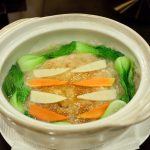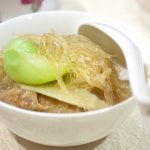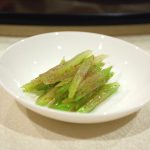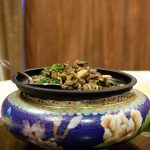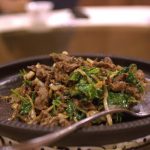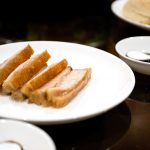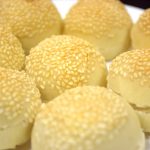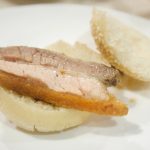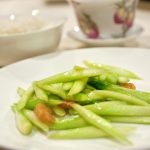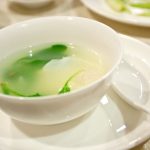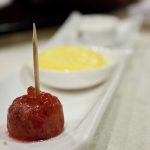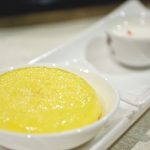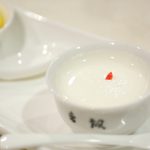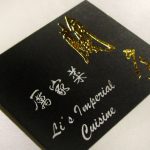CLICK ON THE MAIN PHOTO ABOVE TO VIEW CAPTIONS IN GALLERY FORMAT
Image 1: Ever since winning a cooking competition, the one-tabled humble restaurant that started off in the bedroom of the Li Family has gone through a tremendous transformation over the past 30 years. Though the restaurant of Family Li has now expanded beyond Beijing, with locations in Tianjin and Shanghai., and even a 2-Michelin Starred restaurant in Tokyo, the authenticity of their cuisine has remained unchanged. Click HERE for their full legend!
Image 2: This latest branch of Family Li’s Imperial cuisine opened in Beijing is where Ivan currently spends most of his time. Located inside the Europlaza near the Beijing Capital Airport, this place is not easily accessible. However, like all the top culinary spots, the journey to the restaurant is part of the experience!
Image 3: We expected a simple lunch after a long flight but it turned out to be a very elaborate meal. Not only was it one of the best meals we had in China, but also a very informative meal after many engaging conversations with Ivan!
Image 4: With no time wasted, the food was served. Our first bite after the long haul was a deep fried duck with shrimp paste and sesame. The combination was remarkable - crispy on the top followed by a warm paste and the soft duck meat. The paste had a distinct spongy texture resembling fat, but Ivan immediately pointed out that no fat was used . This first item set a very high standard for our China trip!
Image 5: This one was called Jade Tofu. It was a mixture of minced scallop and green soy bean with a dust of chili. The original recipe was actually lost and only the name remained. That was why Li's family recreated this dish using green soya bean as the resulting colour resembled jade. I loved the fact that they didn't fully blend the bean in order to retain a little crunchiness! An excellent creation by the Li's!
Image 6: Next, a thin slice of Beijing smoked pork. Wow, the proportion of fat and meat was just right! It had a slight elastic mouth feel with an intense smokiness. Definitely one of the highlights of the meal. Ivan explained that he tried to maintain all his cooking techniques as traditional as possible, and also any colouring in his cuisine was from vegetables.
Image 7: The texture of the food was incredible at this place. This fried beef, crispy on the outside contrasted with the soft tender slice of beef inside along with a touch of stimulating Sichuan pepper, is another great example. The beef was from Dalian province which is known for the best beef in China using Wagyu cattles.
Image 8: It was truly high quality cooking here that even a simple sweet and sour rib was executed perfectly. All of us were intrigued by the extremely soft meat which easily came off the bone! Ivan said the rib was boiled to tenderize the meat before adding sugar; and the vinegar must be added near the end as it could make the meat tough.
Image 9: It was a very adventurous meal. First time having camel meat - a small skewer of meat from Camel hump! Very distinct texture, it was like a sausage with a good blend of meat and fat without being greasy at all. For sure it was something that I want to have again!
Image 10:
The tasting continued with stir fried mung bean paste with pork…
Image 11:
Shredded duck salad and…
Image 12: Peking duck. Ivan said when his great-grandfather served the meal to Cixi in the Forbidden City, there was a hot pot underneath each dish to keep the food warm. This was not practical to do nowadays and that was why he had to serve the food one piece at a time coming right out from the kitchen.
Image 13:
A beautiful Chinese style serveware suspending a tiny cup on top with hot water inside keeping the food warm.
Image 14: Inside the cup was steamed snowfrog with egg! The silky egg custard was precisely steamed! Snowfrog sounds disgusting but it was actual quite palatable with a unique soggy texture and it was considered as food for beautiful skin!
Image 15:
More food coming out, crispy fried kale with…
Image 16: ...breaded scallops. Ivan pointed out that in the old days they used dried scallop since fresh scallops weren't available. Therefore this course was not something that would be served in the Forbidden City at that time.
Image 17: Although I have had shark fin soup at many top restaurants in Hong Kong, Ivan's version was a huge surprise! I wasn't a big fan of shark fin but this one was incredible! Not only did it have a superb duck flavour, the fin itself wasn't bland and I particularly enjoyed the subtle soft bony texture. We had a long discussion about this soup!
Image 18: When preparing the fin, most chefs tend to wash away the distinct fin flavour when they clean the fin. Moreover, the soup base was often made separately without boiling the fin in the soup as they were afraid of melting too much of the fin away. Ivan said the key was to be able to clean the unpleasant fishy taste without cleaning away the true taste and to boil the fin together with the broth!
Image 19:
Regardless of how he made this soup, the fin with the deep flavour of the duck broth was exquisite. One of the most memorable soups I ever had in my life!
Image 20: The soup came with some crunchy celery topped with shrimp roe on the side. Ivan pointed out that for ordinary people, shark's fin soup is a symbol for prosperity but there was no need for Cixi to have shark fin for this reason. So in his opinion, if it was one of the dishes on her menu, it must be the taste or the texture that attracted her.
Image 21:
Served in a cloisonné, a traditional Beijing enamel ware, was a stir fried venison. The strong dose of garlic and herb made this a very aromatic course.
Image 22:
On the topic of game meat, Ivan said venison was one of the favourite in the imperial cuisine. Other meat, like tiger, leopard, and bear, are more tough, not really ideal to consume.
Image 23:
The delicious food really kept us awake. A classic Chinese barbeque pork with crispy skin.
Image 24:
Served with warm sesame-puffy buns.
Image 25:
We sandwiched the pork in the bun with a thick soya garlic sauce underneath. We were pretty much full at that point after tasting so many items.
Image 26: A simple asparagus with dried shrimp served with rice. I said to Ivan that it must be very labour intense to prepare that many courses just for us, but he said the kitchen in the Forbidden City had to prepare more than a hundred dishes every meal as they didn't know what Cixi wanted to eat that day!
Image 27: After the rice course, we had a soup with slices of what I initially thought were egg white, but were actually ovary of squid! The texture was awesome, very slippery and very delicate! I couldn’t think of anything comparable. Camel, snowfrog, shark's fin, squid ovary, good that all of us were very open minded when it comes to food.
Image 28:
A few small sweets to finish off our meal. A version of the traditional Beijing's candied hawthorn. Served on a stick, just like how they would serve it back then.
Image 29: "Three non-stick" was a well-known sweet for Cixi since golden yellow an imperial colour. The simple looking dessert required beating the mixture 600 times in the wok with precise temperature so that it results in a semi solid al-dente custard without sticking to the plate, to the chopsticks, nor to the teeth!
Image 30:
And finally, a tiny cup of velvet milk yogurt to conclude our long lunch.
Image 31: As Ivan pointed out, there was no need for him to pretend, it wasn't the true imperial cuisine we had. The dynasty era is long dead and there is no more imperial cuisine. What we had is his family's interpretation of imperial cuisine based on the brief recipes passed down from generations, and hence, it is called Li's Imperial Cuisine! It is a cuisine for him to share part of his family history and to illustrate the elaborate cuisine that was once served in the Forbidden City! Check out the lavish version in Shanghai.

